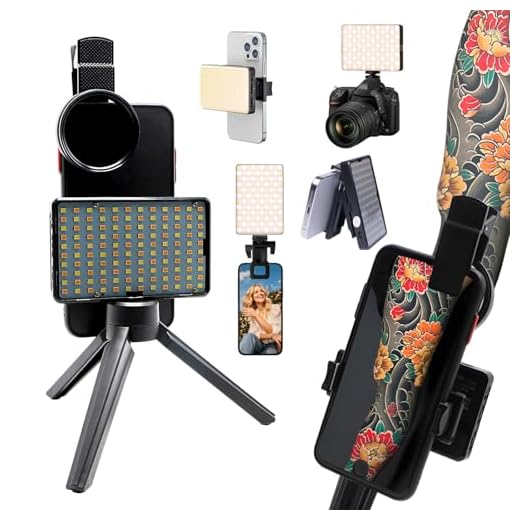


Indoor security cameras have become an essential tool for monitoring homes and businesses. However, one common question that arises is whether these cameras can effectively function when placed behind glass. Glass can present challenges for security cameras, as it can cause glare and reflections that may interfere with the camera’s ability to capture clear images.
When it comes to indoor security cameras, the ability to work through glass largely depends on the type of camera and the quality of the glass. Some cameras are designed to work through glass by using advanced technologies such as infrared sensors or anti-glare features. These cameras can effectively capture footage even when placed behind glass.
It is important to consider the placement and positioning of the camera when using it behind glass. Avoid placing the camera directly against the glass, as this can cause reflections and distortions in the footage. Instead, position the camera at an angle to minimize glare and reflections, ensuring optimal performance.
Do Indoor Security Cameras Work through Glass?
Indoor security cameras can work through glass, but there are some limitations to consider.
Most indoor security cameras use infrared technology for night vision, which can be affected by glass reflections. Additionally, glass can distort or block Wi-Fi signals, affecting the camera’s connectivity.
To improve the performance of indoor security cameras behind glass, consider positioning the camera at an angle to reduce reflections and using a Wi-Fi extender if connectivity issues arise.
Overall, while indoor security cameras can work through glass, it’s important to test the setup and address any obstacles to ensure optimal performance.
Understanding How Indoor Security Cameras Function
Indoor security cameras are designed to monitor indoor spaces and provide surveillance for home or business owners. These cameras work by capturing video footage and transmitting it to a recording device or a cloud server for storage.
Most indoor security cameras use infrared technology to capture clear footage in low-light conditions. They can also be equipped with motion sensors to detect movement and send alerts to the owner’s smartphone or computer.
While some indoor security cameras can work through glass, it is important to note that glass can affect the camera’s ability to capture clear footage. Reflections and glare from the glass can distort the image quality, making it difficult to see what is happening on the other side.
To ensure optimal performance, it is recommended to place indoor security cameras in a location where they have a clear line of sight and are not obstructed by glass or other reflective surfaces.
Challenges of Using Indoor Security Cameras Behind Glass
While indoor security cameras can be a valuable tool for monitoring your home or business, using them behind glass presents several challenges that can affect their effectiveness.
Reflection and Glare
One of the primary challenges of using indoor security cameras behind glass is reflection and glare. Glass surfaces can cause reflections of the camera lens, which can distort the image and make it difficult to see clearly. Glare from external light sources can also interfere with the camera’s ability to capture a clear image.
Night Vision
Another challenge is night vision functionality. Many indoor security cameras are equipped with night vision capabilities, but when placed behind glass, the infrared light emitted by the camera can reflect off the glass, causing a glare and reducing the quality of the night vision image.
Overall, while it is possible to use indoor security cameras behind glass, it is important to be aware of these challenges and consider alternative placement options to ensure optimal performance.
Factors Affecting the Performance of Indoor Security Cameras through Glass
When setting up indoor security cameras behind glass, several factors can impact their performance. Understanding these factors is crucial to ensure optimal security monitoring.
1. Reflection and Glare
Reflections and glare can distort the image captured by indoor security cameras when placed behind glass. Positioning the camera at an angle to minimize reflections and using anti-glare coatings on the glass can help mitigate this issue.
2. Infrared Interference
Indoor security cameras with infrared capabilities may experience interference when placed behind glass. Infrared light reflects off the glass, causing a halo effect or obscuring the image. Using IR-cut filters or adjusting the camera’s settings can help reduce this interference.
- Positioning the Camera: Place the camera closer to the glass to minimize infrared reflections.
- Adjusting IR Sensitivity: Lowering the camera’s infrared sensitivity can reduce interference.
By addressing these factors, you can enhance the performance of indoor security cameras when installed behind glass and ensure effective surveillance of your property.
Tips for Maximizing Indoor Security Camera Effectiveness behind Glass
While indoor security cameras can work through glass to some extent, there are certain factors to consider to maximize their effectiveness. Here are some tips:
1. Positioning
Place the camera at an angle to reduce glare and reflections from the glass. Avoid pointing the camera directly at the glass to prevent distortion or obstruction of the view.
2. Infrared Lights
If your camera has infrared lights for night vision, ensure they are not reflecting off the glass, which can cause glare and reduce image quality. Adjust the camera settings to minimize this effect.
By following these tips, you can enhance the performance of your indoor security camera when placed behind glass.
Alternatives to Using Indoor Security Cameras through Glass
If using indoor security cameras through glass is not an option, consider alternative solutions to monitor your home or property:
Motion Sensors: Install motion sensors in strategic locations to detect movement and trigger alerts without the need for cameras.
Smart Doorbells: Use smart doorbells with built-in cameras and motion detection to monitor your front door and entryways.
Outdoor Cameras: Install outdoor security cameras to capture footage of the exterior of your property and deter potential intruders.
Security Lights: Install motion-activated security lights to illuminate dark areas and enhance overall security.
Alarm Systems: Invest in a comprehensive alarm system that includes sensors, cameras, and monitoring services for added protection.





